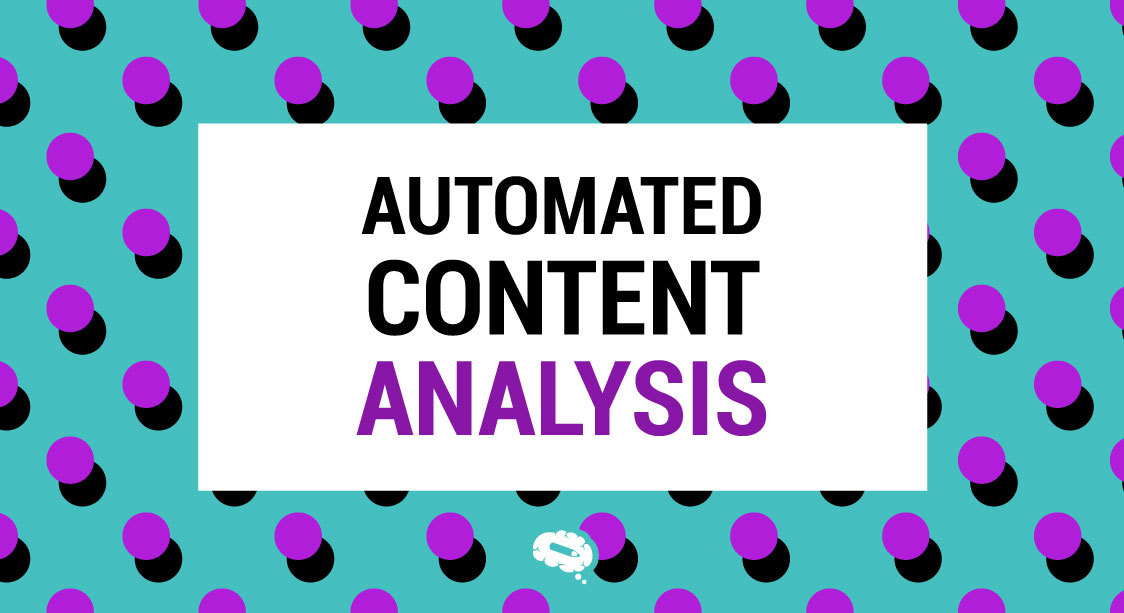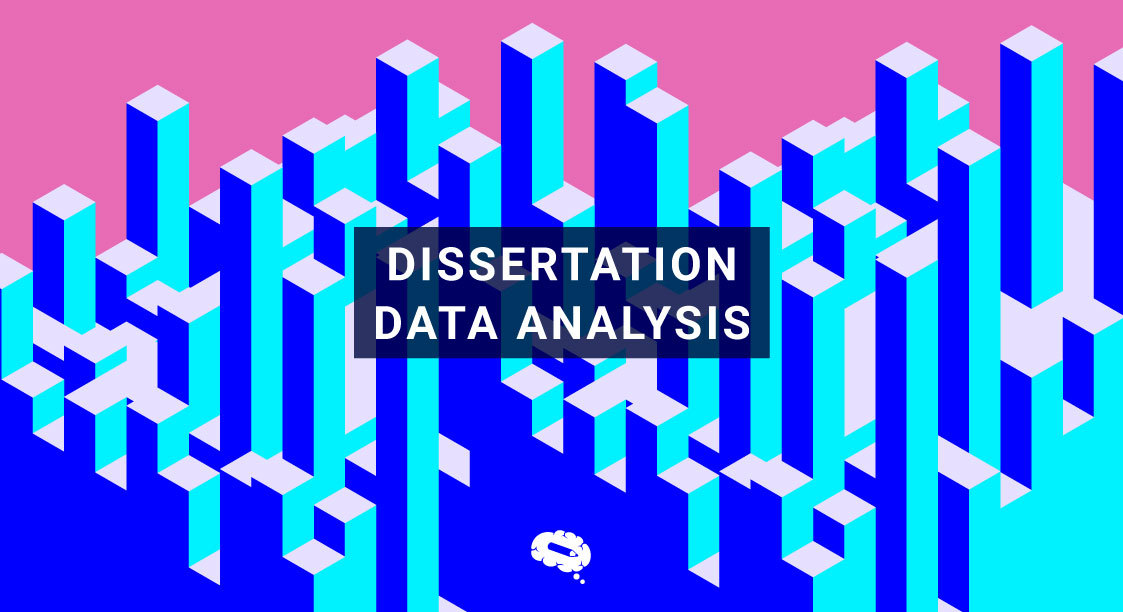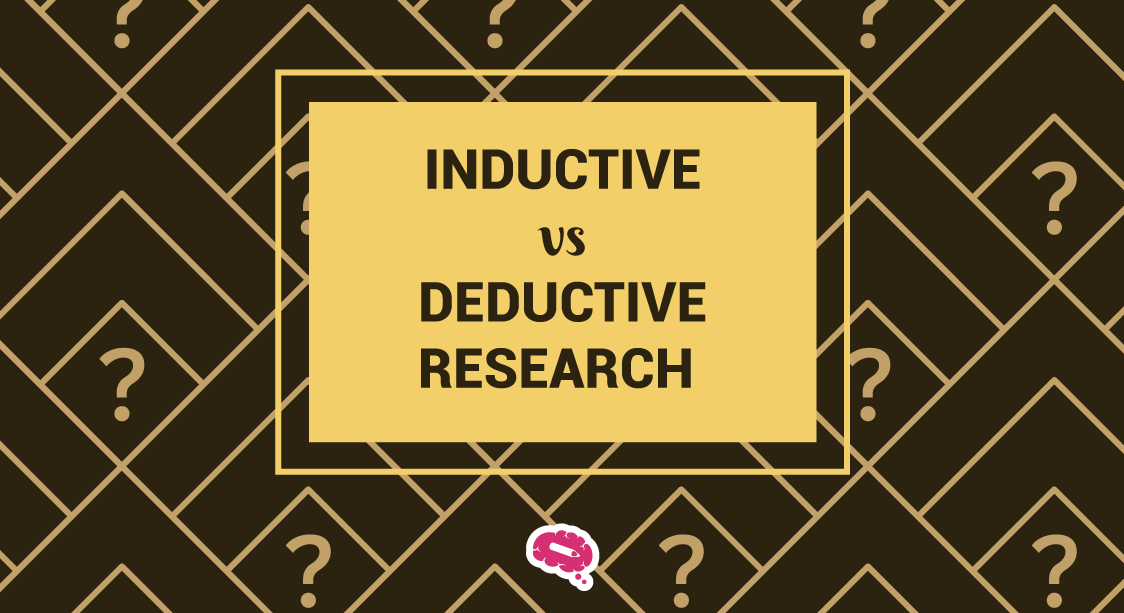In the information age, Automated Content Analysis (ACA) offers a transformative approach to extracting valuable insights from vast amounts of textual data. By leveraging natural language processing, machine learning, and data mining, ACA automates the analysis process, enabling researchers and analysts to uncover patterns, sentiments, and themes more efficiently and reliably. ACA strengthens organizations with scalability, objectivity, and consistency, revolutionizing decision-making based on data-driven insights. With its capacity to handle diverse forms of textual content, including social media posts, customer reviews, news articles, and more, ACA has become an indispensable asset for scholars, marketers, and decision-makers seeking to extract meaningful and actionable information from the vast digital area.
What is Automated Content Analysis?
Automated content analysis (ACA) is the process of using computational methods and algorithms to analyze and extract meaningful information from large volumes of textual, audio, or visual content. It involves applying various techniques from natural language processing (NLP), machine learning, and data mining to automatically categorize, classify, extract, or summarize content. By automating the analysis of large datasets, ACA enables researchers and analysts to gain insights and make data-driven decisions more efficiently and effectively.
Related article: Artificial Intelligence In Science
The specific techniques employed in ACA can vary depending on the type of content being analyzed and the research objectives. Some common ACA methods include:
Text Classification: Assigning predefined categories or labels to text documents based on their content. For example, sentiment analysis, topic categorization, or spam detection.
Named Entity Recognition (NER): Identifying and classifying named entities, such as names, locations, organizations, or dates, within text data.
Sentiment Analysis: Determining the sentiment or emotional tone of text data, typically categorized as positive, negative, or neutral. This analysis helps understand public opinion, customer feedback, or social media sentiment.
Topic Modeling: Discovering underlying themes or topics within a collection of documents. It helps uncover latent patterns and identify the main subjects discussed in the content.
Text Summarization: Generating concise summaries of text documents to extract key information or reduce the length of content while preserving its meaning.
Image or Video Analysis: Utilizing computer vision techniques to automatically analyze visual content, such as identifying objects, scenes, facial expressions, or sentiment in images or videos.
Automated content analysis techniques can significantly speed up the analysis process, handle large datasets, and reduce the reliance on manual labor. However, it’s important to note that ACA methods are not flawless and can be influenced by biases or limitations inherent in the data or algorithms used. Human involvement and domain expertise are often necessary to validate and interpret the results obtained from ACA systems.
Also read: Exploring the Role of AI in Academic Research
History Of Automated Content Analysis
The history of Automated Content Analysis (ACA) can be traced back to the early developments in the field of computational linguistics and the emergence of natural language processing (NLP) techniques. Here is an overview of key milestones in the history of ACA:
1950s-1960s: The birth of computational linguistics and machine translation laid the foundation for ACA. Researchers started exploring ways to use computers to process and analyze human language. Early efforts focused on rule-based approaches and simple pattern matching.
1970s-1980s: The development of more advanced linguistic theories and statistical methods led to significant progress in ACA. Researchers began applying statistical techniques like word frequency analysis, concordance, and collocation analysis to extract information from text corpora.
1990s: The advent of machine learning algorithms, particularly the rise of statistical modeling and the availability of large text corpora, revolutionized ACA. Researchers started using techniques such as decision trees, Naive Bayes, and support vector machines for tasks like text classification, sentiment analysis, and topic modeling.
2000s: With the growth of the internet and the proliferation of digital content, the demand for automated analysis techniques increased. Researchers began leveraging web scraping and web crawling to collect large datasets for analysis. Social media platforms also emerged as valuable sources of textual data for sentiment analysis and opinion mining.
2010s: Deep learning and neural networks gained prominence in ACA. Techniques like recurrent neural networks (RNNs) and convolutional neural networks (CNNs) proved effective in tasks such as named entity recognition, text generation, and image analysis. The availability of pre-trained language models, such as Word2Vec, GloVe, and BERT, further enhanced the accuracy and capabilities of ACA.
Present: ACA continues to evolve and advance. Researchers are exploring multimodal analysis, combining text, image, and video data to gain a comprehensive understanding of content. Ethical considerations, including bias detection and mitigation, fairness, and transparency, are gaining increased attention to ensure responsible and unbiased analysis.
Today, ACA techniques are widely applied across various domains, including social sciences, market research, media analysis, political science, and customer experience analysis. The field continues to evolve with the development of new algorithms, increased computational power, and the growing availability of large-scale datasets.
Benefits Of Using Automated Content Analysis
There are several benefits to using Automated Content Analysis (ACA) in various domains. Here are some key advantages:
Efficiency and Time Savings: ACA significantly speeds up the analysis process compared to manual methods. It can handle large volumes of content and process it much faster, saving time and effort for researchers and analysts. Tasks that would take weeks or months to complete manually can often be accomplished in a matter of hours or days with ACA.
Scalability: ACA enables the analysis of large datasets that would be impractical to analyze manually. Whether it’s thousands of documents, social media posts, customer reviews, or multimedia content, ACA techniques can handle the volume and scale of data, providing insights at a level that would be challenging or impossible to achieve manually.
Consistency and Reliability: ACA helps reduce human biases and subjectivity in the analysis process. By using predefined rules, algorithms, and models, ACA ensures a more consistent and standardized approach to content analysis. This consistency enhances the reliability of results and allows for easier replication and comparison of findings.
Objectivity and Unbiased Analysis: Automated analysis techniques can mitigate human biases and preconceptions that may influence manual analysis. ACA algorithms treat each piece of content objectively, allowing for a more unbiased analysis. However, it’s important to note that biases can still exist in the data or algorithms used in ACA, and human oversight is necessary to validate and interpret the results.
Related article: How To Avoid Bias In Research: Navigating Scientific Objectivity
Handling Large Variety of Content: ACA is capable of analyzing different types of content, including text, images, and videos. This flexibility enables researchers and analysts to gain insights from diverse sources and understand the content. Multimodal analysis, combining different content types, can provide deeper and more nuanced insights.
Discovering Hidden Patterns and Insights: ACA techniques can uncover patterns, trends, and insights that may not be readily apparent through manual analysis. Advanced algorithms can identify relationships, sentiments, themes, and other patterns within the data that humans may overlook. ACA can reveal hidden insights, leading to discoveries and actionable findings.
Cost-Effectiveness: While ACA may require an initial investment in infrastructure, software, or expertise, it can ultimately be cost-effective in the long run. By automating time-consuming and resource-intensive tasks, ACA reduces the need for extensive manual labor, saving costs associated with human resources.
Types Of Automated Content Analysis
Types of Automated Content Analysis (ACA) refer to the various approaches and methods used to analyze textual data using automated or computer-based techniques. ACA involves text categorization, machine learning, and natural language processing to extract meaningful insights, patterns, and information from large volumes of text. Here are some common types of ACA:
Text Categorization
Text categorization, also known as text classification, involves automatically assigning predefined categories or labels to text documents based on their content. It is a fundamental task in Automated Content Analysis (ACA). Text categorization algorithms use various features and techniques to classify documents, such as word frequencies, term presence, or more advanced methods like topic modeling or deep learning architectures.
Sentiment Analysis
Sentiment analysis also referred to as opinion mining, aims to determine the sentiment or emotional tone expressed in text data. It involves automatically classifying text as positive, negative, neutral, or in some cases, identifying specific emotions. Sentiment analysis techniques employ lexicons, machine learning algorithms, or deep learning models to analyze the sentiment conveyed in social media posts, customer reviews, news articles, and other text sources.
Natural Language Processing (NLP)
NLP is a field of study that focuses on the interaction between computers and human language. It includes a range of techniques and algorithms used in ACA. NLP techniques enable computers to understand, interpret, and generate human language. Some common NLP tasks in ACA include tokenization, part-of-speech tagging, named entity recognition, syntactic parsing, semantic analysis, and text normalization. NLP forms the foundation for many automated analysis methods in ACA. To learn more about NPL, access “The Power of Natural Language Processing“.
Machine Learning Algorithms
Machine learning algorithms play a crucial role in ACA, as they enable computers to learn patterns and make predictions from data without being explicitly programmed. Various machine learning algorithms are employed in ACA, including supervised learning algorithms like decision trees, Naive Bayes, support vector machines (SVM), and random forests. Unsupervised learning algorithms like clustering algorithms, topic models, and dimensionality reduction techniques are also used to discover patterns and group similar content. Deep learning algorithms, such as convolutional neural networks (CNNs) and recurrent neural networks (RNNs), have shown great promise in tasks like sentiment analysis, text generation, and image analysis. To learn more about machine learning algorithms, access “A guide to the types of machine learning algorithms and their application“.
High Impact And Greater Visibility For Your Work
Mind the Graph platform provides scientists with a powerful solution that enhances the impact and visibility of their work. By utilizing Mind the Graph, scientists can create visually stunning and engaging graphical abstracts, scientific illustrations, and presentations. These visually appealing visuals not only captivate the audience but also effectively communicate complex scientific concepts and findings. With the ability to create professional and aesthetically pleasing visual content, scientists can significantly increase the impact of their research, making it more accessible and engaging to a broader audience. Sign up for free.

Subscribe to our newsletter
Exclusive high quality content about effective visual
communication in science.





